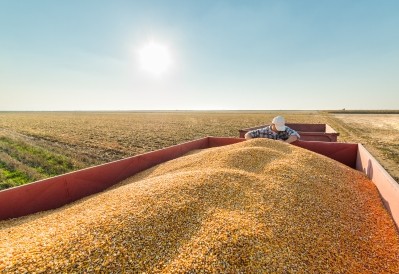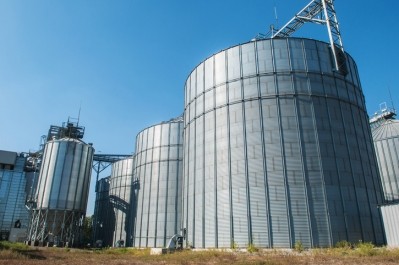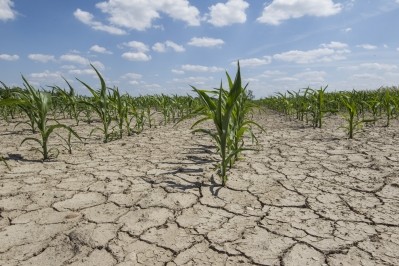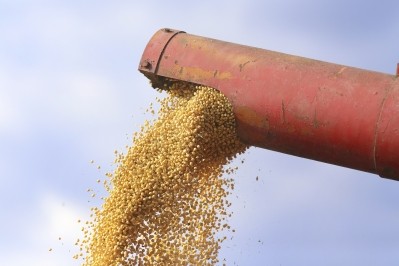USDA: corn, soy production bump causes price drop
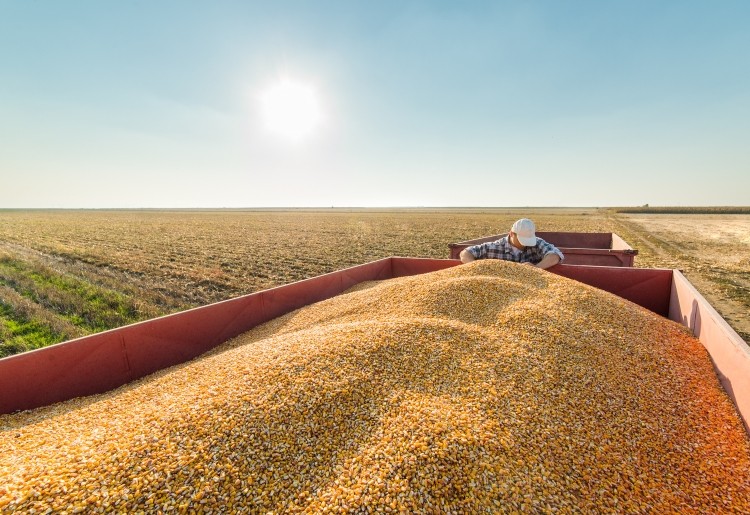
The US Department of Agriculture (USDA) released its September World Agricultural Supply and Demand Estimates report Tuesday. The report offers details of feed crop production and the import and export markets.
The report brought an unexpected increase in production for corn and soybeans, said Chad Hart, associate professor of economics, crop market specialist and extension economist with Iowa State University.
“The yields were the surprise numbers as the trade expectations were for lower yields and production,” he told FeedNavigator. “Hence, the price drop yesterday.”
The expectation had been for an average of about 168.2 bushels an acre for corn, and about 48.8 bushels an acre for soybeans, he said.
However, the report forecast an increase in production for corn – up 32m bushels from last month’s projection, said the USDA. Similarly, for soybeans, the projection is for a record 4.43bn bushels – up 50m from previous reports.
Corn and soy details
The outlook for corn in 2017/18 calls for increased production, greater feed and residual use, growing ending stocks and falling prices, said the USDA.
Corn production was set at 14.184bn bushels and corn supplies have been increased as a larger crop offsets a decline in beginning stocks, the department said. Feed and residual use for 2017/18 was increased by 25m bushels based on the larger crop and reduced prices.
The projected range for the season-average corn price was reduced by $0.10 to a range of $2.80 to $3.60 a bushel.
“Old crop ending stocks were a little lower, but storage will be stretched with the large incoming crops,” said Hart. Better pricing opportunities may be available in the spring for producers with on-farm storage ability, he added.
“Breakeven pricing will be difficult to find, especially in the two months following harvest,” he said. “USDA’s price projections indicate cash prices averaging below breakeven.”
Globally, coarse grain production also is expected to grow, said the USDA. There were increases in corn production for Argentina and Mexico, but offsetting reductions from Serbia, Ukraine, the EU and Russia.
Exports have been reduced for Serbia and Russia, but increased for Ukraine, the department said. Brazil’s 2016/17 exports also were expanded.
US soybean production for 2017/18 is now forecast to be record high, the USDA said. Larger supplies and lower prices are anticipated to mean increased exports and leave ending stocks unchanged.
The season average soybean price is expected to be down about $0.10 at the midpoint, for a range of $8.35 to $10.05 per bushel, the department said. Soybean meal prices dropped to a range of $290 to $330 a short ton.
However, 2016/17 is forecast to have had higher exports and crush than anticipated, said the department. Exports were increased by 20m and crush by 5m bushels, leading to a drop in ending stocks.
Globally, 2017/18’s oilseed production saw few changes, the department said. However, canola production dropped for Canada based on a reduction in reported area.
Foreign exports were decreased; but the US saw higher soybean exports to China and Thailand, the department said. And foreign oilseed stocks for 2017/18 are expected to increase.
Wheat focus
The 2017/18 wheat supply and demand in the US saw few changes from earlier information, said the USDA. But the season average farm price has been reduced by $0.20 a bushel to a range of $4.30 to $4.90.
Global wheat supplies were reduced, the department said. A 1.7m ton production bump, primarily from Russia, is expected to be offset by a 2.7m ton drop in beginning stocks.
Australia and the EU both are expected to see reduced production, the department said. And global ending stocks are expected to drop by 1.6m tons.
Hurricane damage
However, feed crop producers are not expected to see much export damage from Hurricane Harvey, said Hart.
Exports through ports in areas near where Harvey happened have been continuing, he said. “Based on what I’ve seen and heard, Harvey and Irma have not significantly impacted the markets,” he added.
There may have been some damage to harvest numbers from Irma, given the southern states involved, he said. “Those impacts will not show up until next month’s USDA report,” he added.
